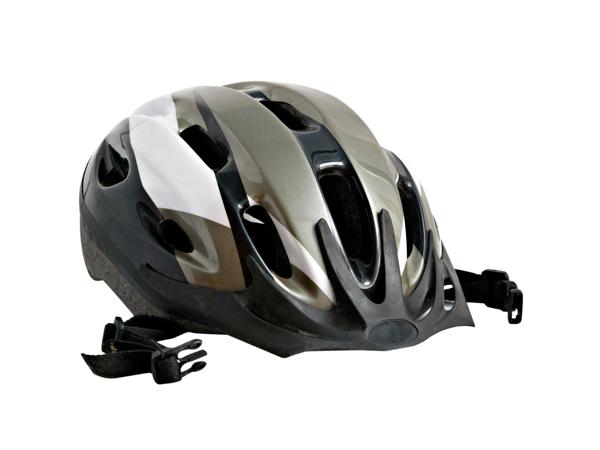Exploring the world of bicycle helmets can feel a bit overwhelming. With so many designs, styles, and seemingly complex safety standards, it’s natural to feel a little lost. Whether you’re a daily commuter or an occasional urban cyclist, understanding helmet safety standards can help you make informed choices for your safety and comfort. Let’s take a closer look at what these standards mean and how they impact your cycling experience.
A Glimpse Into Helmet Safety
Bicycle helmets are crafted to protect the head by reducing the impact energy that reaches it during a fall or collision. Safety standards ensure helmets are tested and adhere to certain levels of performance. Different regions may have distinct standards, reflecting local safety concerns and technological advancements.
Key Helmet Safety Standards
CPSC: United States
The Consumer Product Safety Commission (CPSC) standard is mandatory for bicycle helmets sold in the United States. CPSC tests evaluate a helmet’s ability to manage impacts through drop tests from various heights and angles. They also include assessments of retention systems, peripheral vision, and clearance.
Example: If you’re buying a helmet in the U.S., look for the CPSC label. It indicates compliance with nationally recognized safety criteria.
EN 1078: Europe
The EN 1078 is a European standard applicable to bicycle helmets across much of Europe. It covers requirements for shock absorption (impact tests), effectiveness of retention systems, and field of vision.
Example: Cyclists purchasing helmets in Europe might encounter the EN 1078 mark on products, signifying hemet adherence to this standard.
AS/NZS 2063: Australia/New Zealand
Helmets in Australia and New Zealand must comply with the AS/NZS 2063 standard. These helmets undergo stringent testing for impact energy absorption and stability, focusing on high-temperature and environmental durability.
Example: Bikers down under should ensure their helmets bear the AS/NZS 2063 certification to guarantee they meet regional safety expectations.
Snell B90/B95
The Snell Memorial Foundation offers voluntary standards, such as B90 and B95, that are more stringent than many other public standards. These require more challenging impact tests and additional roll-off assessments to prevent helmet displacement.
Example: Some cyclists prefer helmets certfied by Snell Foundation due to its rigorous testing procedures, providing an extra sense of security.
The Evolution of Standards
Helmet safety standards evolve over time. As new research and technology emerge, testing methods and requirements adapt accordingly. It reflects a continuous attempt to enhance safety without compromising comfort or cost.
Historically, the introduction of Multi-Directional Impact Protection Systems (MIPS) prompted discussions on rotational forces in crashes. While not yet a standard requirement, helmets utilizing such technology are often marketed as enhanced safety options.
Research and References
Scientific literature generally supports the protective advantages of compliant helmets, although exact benefits can sometimes be difficult to quantify given the unpredictability of real-world accidents.
- Research: A study published in the Journal of the American Medical Association highlighted the potential for helmets to lower head injury risk significantly.
Understanding these standards can guide your decision when choosing a helmet. Look for labels indicating compliance to these regional standards.
Making Your Choice
Selecting a helmet goes beyond meeting safety standards. Comfort, fit, ventilation, and style are also crucial. A well-fitted helmet with safety certification that meets your local regional standard is key to safer and enjoyable cycling.
Above all, remember that wearing a helmet every time you ride is an essential part of cycling safety. It serves as a proactive step toward safeguarding oneself within urban environments and beyond.
Embark your cycling journey with awareness and informed choices. Happy and safe pedaling!




